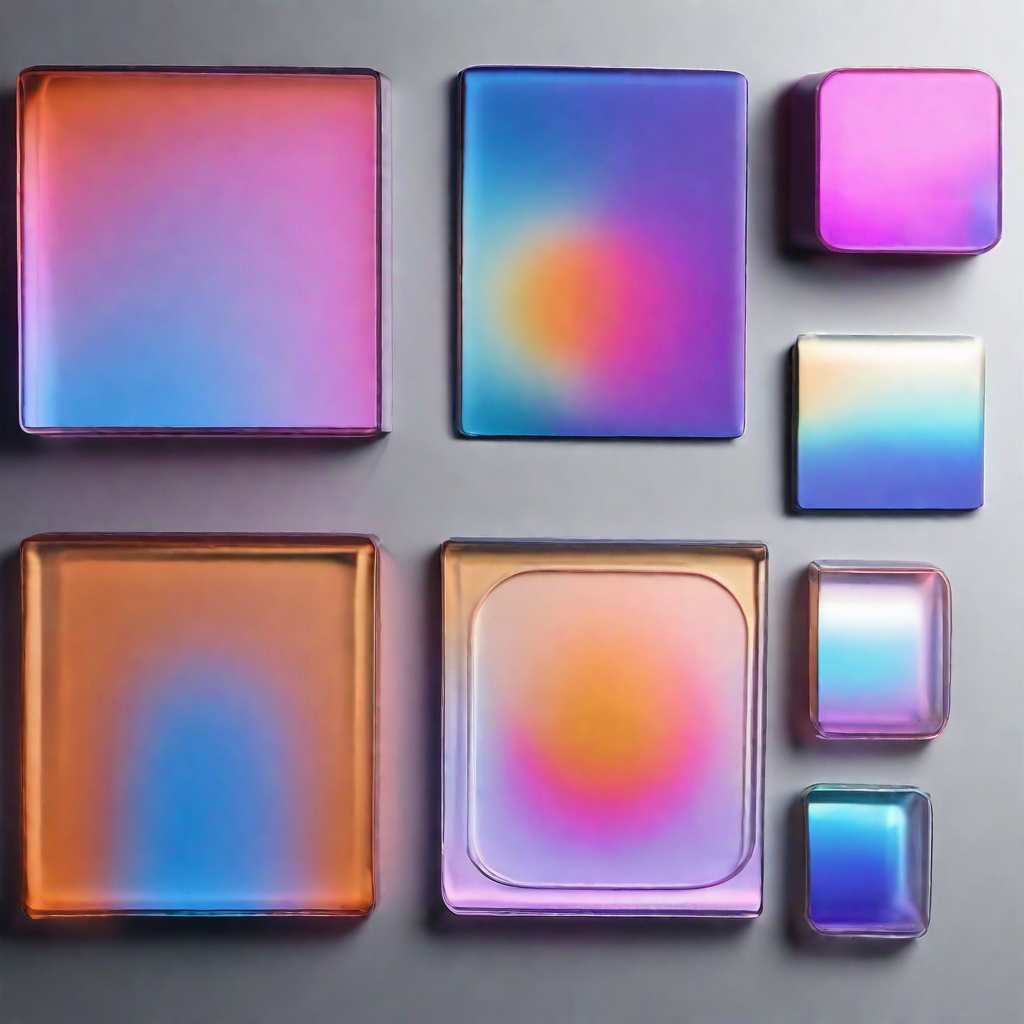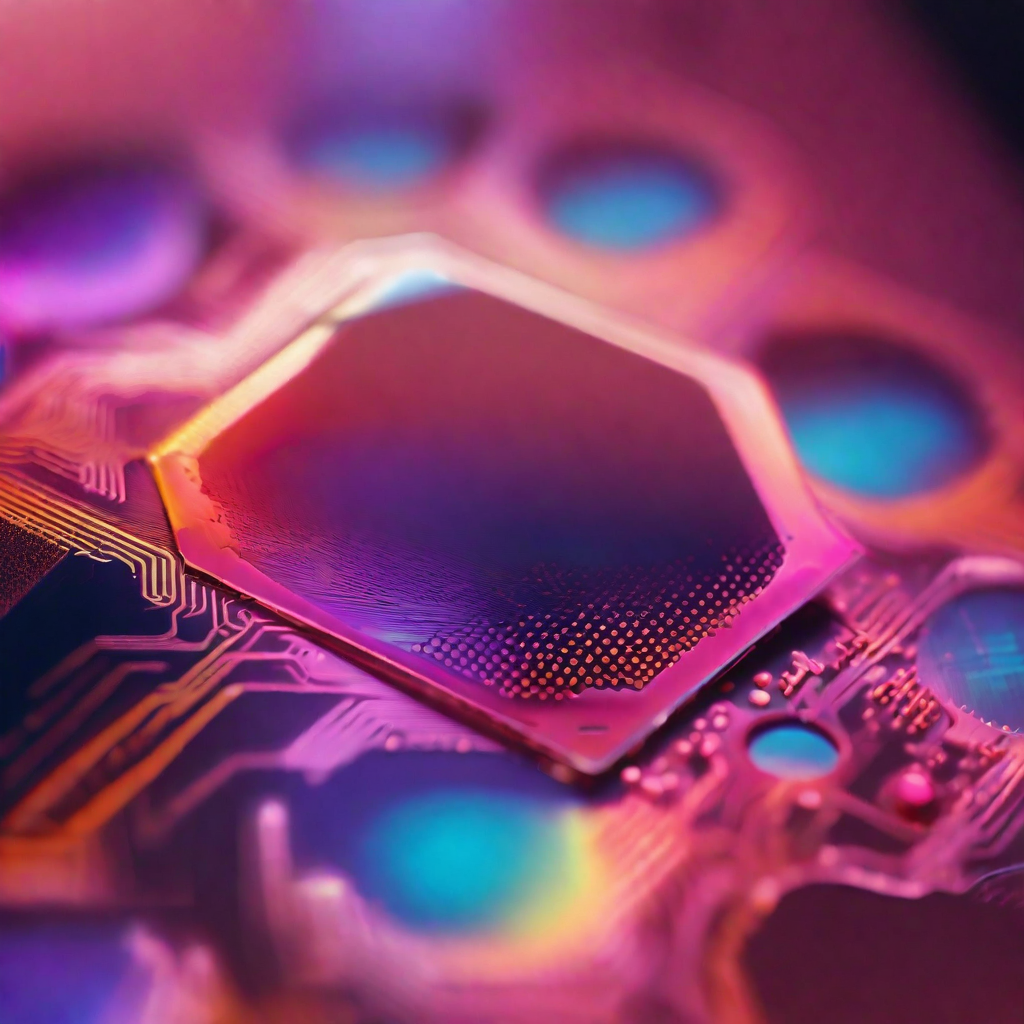In today’s rapidly evolving world, product innovation plays a crucial role in driving economic success and improving our quality of life. One key factor driving this innovation is the development and utilization of smart materials. These materials possess unique properties that allow them to respond dynamically to external stimuli, opening up a world of possibilities for designers and manufacturers across various industries.

What is Smart Material?
Smart materials, also known as intelligent or responsive materials, can undergo significant changes in their properties in response to external stimuli such as stress, moisture, temperature, or electric fields. These materials have a wide range of applications, including sensors, actuators, and artificial muscles.
Some examples of smart material applications from Wikipedia:
Electric
Piezoelectric materials produce a voltage when stress is applied. Since this effect also applies in a reverse manner, a voltage across the sample will produce stress within sample. Suitably designed structures made from these materials can, therefore, be made that bend, expand or contract when a voltage is applied.
Electroactive polymers (EAPs) change their volume by voltage or electric fields.
Dielectric elastomers (DEs) are smart material systems which produce large strains (up to 500%) under the influence of an external electric field.

Temperture/Pressure
Shape-memory alloys and shape-memory polymers are materials in which large deformation can be induced and recovered through temperature changes or stress changes (pseudoelasticity). The shape memory effect results due to respectively martensitic phase change and induced elasticity at higher temperatures.
Temperature-responsive polymers are materials which undergo changes upon temperature.
Polycaprolactone (polymorph) can be molded by immersion in hot water.
Thermoelectric materials are used to build devices that convert temperature differences into electricity and vice versa.
Light
Photovoltaic materials or optoelectronics convert light to electrical current.
Photomechanical materials change shape under exposure to light.
Chromic
Halochromic materials change their color as a result of changing acidity. One suggested application is for paints that can change color to indicate corrosion in the metal underneath them.
Chromogenic systems change color in response to electrical, optical or thermal changes.
These include electrochromic materials, which change their colour or opacity on the application of a voltage (e.g., liquid crystal displays), thermochromic materials change in colour depending on their temperature. And photochromic materials change colour in response to light, e.g. light-sensitive sunglasses that darken when exposed to bright sunlight.
Magnetics
Ferrofluids are magnetic fluids (magnets and magnetic fields).
Magnetostrictive materials exhibit a change in shape under the influence of magnetic field and also exhibit a change in their magnetization under the influence of mechanical stress.
Magnetic shape memory alloys are materials that change their shape in response to a significant change in the magnetic field.
Magnetocaloric materials are compounds that undergo a reversible change in temperature upon exposure to a changing magnetic field.
Others
Smart self-healing coatings heal without human intervention.
Self-healing materials have the intrinsic ability to repair damage due to normal usage, thus expanding the material’s lifetime.
Chemoresponsive materials change size or volume under the influence of external chemical or biological compound.
Smart inorganic polymers showing tunable and responsive properties.
pH-sensitive polymers are materials that change in volume when the pH of the surrounding medium changes.

Challenges and Future Prospects
While smart materials hold immense potential, their widespread adoption faces challenges such as cost, scalability, and integration into existing manufacturing processes.
Researchers and engineers are actively working to overcome these obstacles and aiming to unlock even more innovative applications.
As these materials become more accessible and cost-effective, they will play an increasingly central role in shaping the products of tomorrow.

